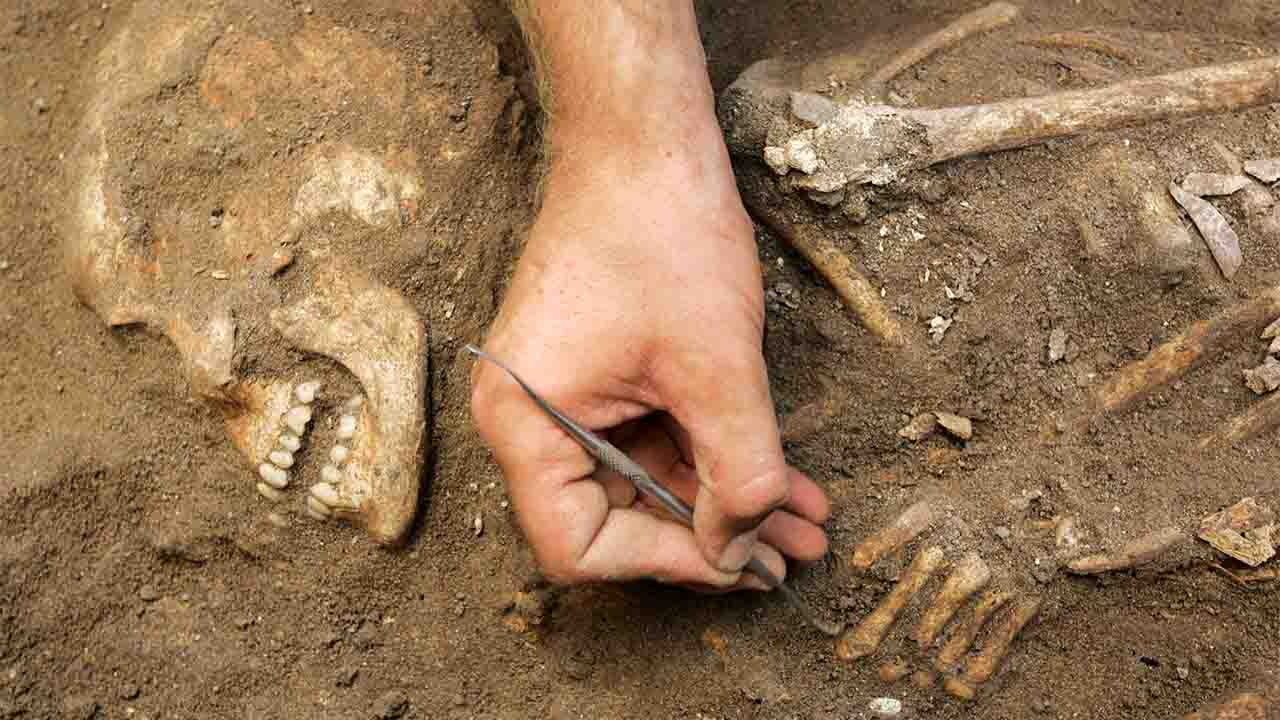Europe UK (Commonwealth Union) – New insights have been provided on early humans in Britain from an archeological site. The archaeologists from the Universities of Chester and Manchester made the findings that provide new information on the communities present in Britain after the end of the last Ice Age.
Excavations conducted by the team at a site in North Yorkshire unveiled the exceptionally well-preserved remains of a small settlement inhabited by groups of hunter-gatherers roughly 10 and a half thousand years back. Some of the findings made were animal bones hunted by people, tools weapons made with bones, antler and stone, and rare traces of woodworking.
“It is so rare to find material this old in such good condition. The Mesolithic in Britain was before the introduction of pottery or metals, so finding organic remains like bone, antler and wood, which are usually not preserved, are incredibly important in helping us to reconstruct peoples’ lives,” explained Dr Nick Overton from The University of Manchester.
The evaluation of the findings is permitting the team to gain further knowledge and change what was known on prior occasions, in regards to these early prehistoric communities.
Further discoveries revealed that certain hunting weapons made of animal bone and antler were decorated, and had been disassembled prior to being deposited on the island’s shore. This, was believed to indicate that Mesolithic people maintained strict rules on disposal of items.
The team hopes that future research that will be conducted at this site and others in the vicinity will further shed new light on the relationship of people with the environment. Evaluations of peat deposits around the site is already demonstrating that this was an incredibly biodiverse landscape, rich in plant and animal life, and as work continues, the team hopes to uncover what human impacts had on this environment.
The team also believe that the findings dispel prior misconceptions that early humans in the area were struggling for food and kept moving to find food.











